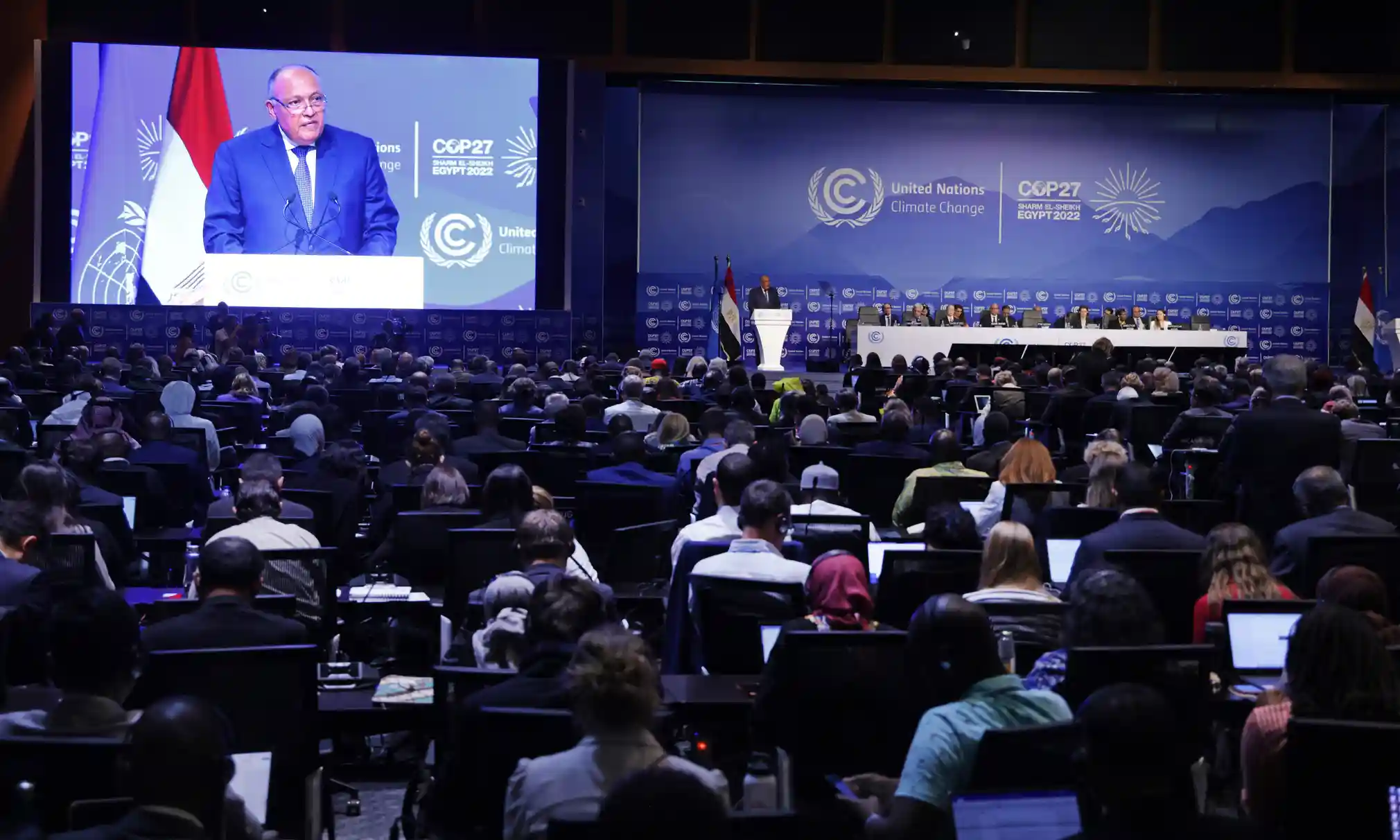COP27 Fails to Adequately Address One of the Biggest Contributors of CO2 Emissions
- Ben Jones
- Nov 22, 2022
- 3 min read
Updated: Aug 16, 2023
Countries must include wildfire carbon emissions in reporting to drive investment and action

Berlin, November 23, 2022 – Recent COP27 negotiations once again failed to appropriately address wildfires, which are responsible for up to 20% of global CO2 emissions. This is the view of Dryad Networks (Dryad), the only provider of solar-powered environmental sensor networks for ultra-early wildfire detection, which believes that, unless increasingly severe wildfires are given adequate attention and investment, global temperatures will rise by more than 1.5C, a commitment that already hangs in the balance.
Other top emitters, including the power sector, heavy industry, and intensive agriculture had dedicated days during the two-week conference, and sustainable transport was high on the agenda on the final day focussed on solutions. But despite contributing 6.5 billion tonnes of CO2 to total global emissions annually, wildfires were not sufficiently addressed.
The problem is only set to get more precarious. Eight of the worst wildfire seasons on record have occurred in the last decade and wildfires are becoming more widespread, burning nearly twice as much tree cover today as they did 20 years ago. If the 1.5C target slips and we reach two degrees of warming, recent data from the UN Environment Programme show that we will see 62% more burned areas in wildfires. If we reach three degrees that figure rises to 97%.
A big part of the issue is that the extent of wildfire emissions is often miscalculated or underestimated. Wildfires are consistently discounted from countries’ CO2 emissions reporting as they’re written off as carbon neutral ‘natural phenomena’. However, with 80% of wildfires caused by humans, and the fact that carbon neutrality is reliant on forest regrowth, which can take over 100 years, Dryad argues that omitting emissions from global CO2 inventories is both inaccurate and cynical - it leads to inaction on tackling a significant emitter.
“Some estimates, for example, use Carbon and CO2 interchangeably, but doing so misrepresents the amount of CO2 emissions that wildfires emit, and therefore perpetuating inaction,” says Carsten Brinkschulte, CEO, Dryad. “CO2 is 3.7 times heavier than Carbon, which means that when we measure the amount of Carbon emitted by wildfires and compare that to CO2 emissions of other sectors, we are underrepresenting the severity of the wildfire problem by a factor of 3.7. The most common statistic that gets thrown around is that wildfires in 2021 emitted 1.76 billion metric tonnes of Carbon globally and then this figure is used interchangeably for CO2. However, when calculated correctly, global CO2 emissions of wildfires are actually a whopping 6.5 billion metric tonnes.”
"The most common statistic that gets thrown around is that wildfires in 2021 emitted 1.76 billion metric tonnes of Carbon globally and then this figure is used interchangeably for CO2. However, when calculated correctly, global CO2 emissions of wildfires are actually a whopping 6.5 billion metric tonnes.”
Increased attention and investment on tackling wildfires are mission critical. At present, government wildfire funds mostly focus on firefighting rather than detection or prevention. While it is essential to support emergency service workers and firefighters responding on the frontline, the deployment of new, affordable wildfire detection technology is low-hanging fruit when defending forests. The ability to detect fires earlier, when they are still easy to extinguish, drastically reduces CO2 emissions, because the fires can be extinguished easily before they spread out of control.
If wide-scale implementation of early detection technologies were to occur, it would prevent the emission of hundreds of millions of tonnes of CO2 and save our precious and vital forests. Through massive deployment of its technology, Dryad calculates a deployment of 120 million sensors worldwide by 2030 cumulatively could save up to 3.9m hectares of forest from burning and prevent 1.7 billion tonnes of CO2 emissions.
In addition, wildfire prevention could form part of the carbon credit framework, put forward by the US at the conference to help fund the energy transition of developing countries and contribute to loss and damage compensation. By applying detection technology to wildfire-prone forested areas in developing countries, carbon credits could be awarded per wildfire prevention, with sensor and IoT technology making detection reliable and data led.
Carsten Brinkschulte, CEO, Dryad said: “When strengthening global commitments to fight climate change, investing more in wildfire prevention should be high on the agenda. We must minimize the risk of extreme wildfires by raising awareness of their increasing severity and increasing contribution to global carbon emissions. At Dryad, we believe in the potential to drastically reduce the impact of wildfires across the world. We strongly believe that it is key to include CO2 emissions caused by wildfires in national emissions budgets. Without greater awareness of the issue, it will be difficult to drive the investment and technology up-take needed to protect the world’s largest carbon sink and to ensure we keep 1.5C alive.”





